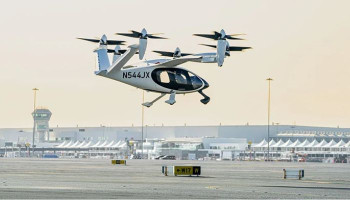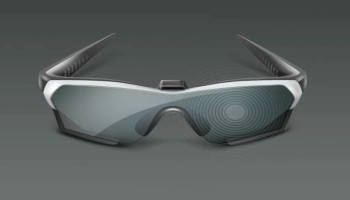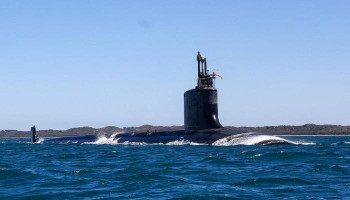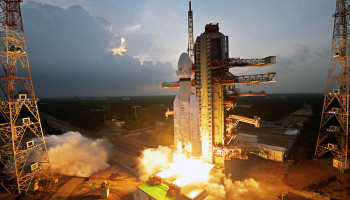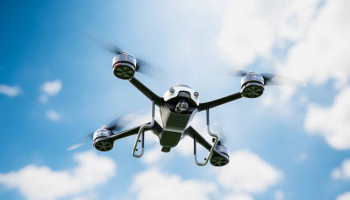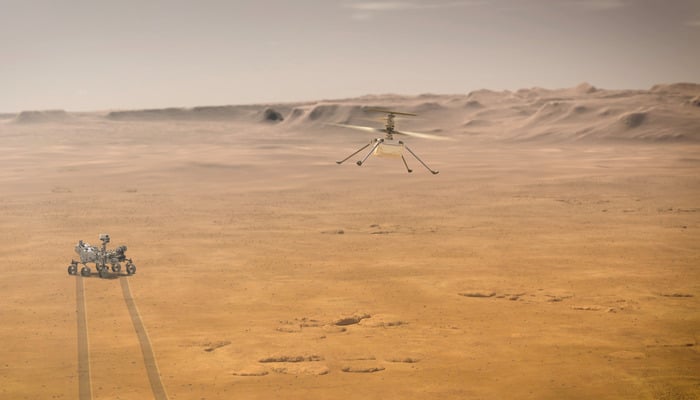
Ingenuity, a helicopter of NASA’s Mars mission, continued to roam the skies of Mars nine months after it lost communication with Earth.
In a recent development, the drone-like flying machine completed a successful flight, covering a distance of 393 meters and staying in the air for over two minutes.
The helicopter faced no issues after its extended time on the ground, achieving an altitude of 39 feet (11.9 meters) and reaching a top speed of 11.9 mph (5.4 meters per second).
Read more: JWST observations unlock secrets of the mysterious dark region in Milky Way
The information about the 67th flight of the helicopter named Ingenuity was disclosed by NASA's Jet Propulsion Laboratory through a social media post.
The suspension of flights was attributed to a communication disruption between the Ingenuity team and the helicopter, caused by the sun positioning itself between Earth and Mars.
NASA’s latest Mars mission also includes the Perseverance rover, and the so-called “solar conjunction,” which happens every couple of years, affected NASA second time since the mission was kicked off. NASA’s other Mars vehicles that have experienced multiple solar conjunctions are the Curiosity rover and three Mars orbiters. These vehicles have been operational on and near Mars for much longer than Ingenuity.
Performing way beyond NASA’s expectations, Ingenuity has become the first aircraft to execute powered, controlled flight on a planet other than Earth in April 2021. This impressed NASA so much that it aims to design more such aircraft for future space missions.
On the other hand, NASA’s Perseverance Rover is exploring the Martian surface, looking for signs of ancient microbial life. Moreover, scientists are now working to transport samples of rock and soil collected by the rover back to Earth for in-depth analysis.







